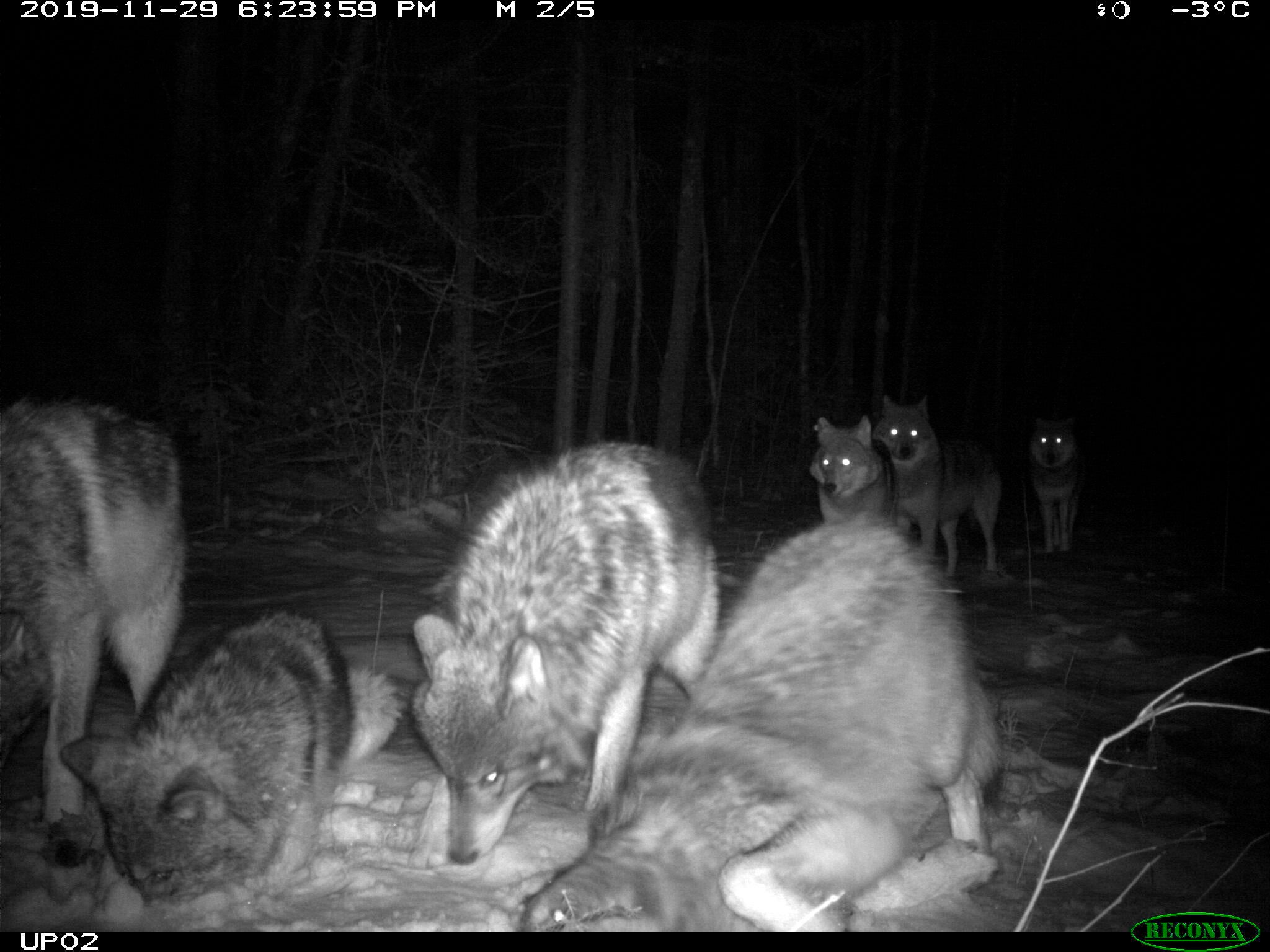Wolves preying on beavers in Minnesota reshape wetlands
When a lone beaver dies, its dam soon collapses

Your support helps us to tell the story
From reproductive rights to climate change to Big Tech, The Independent is on the ground when the story is developing. Whether it's investigating the financials of Elon Musk's pro-Trump PAC or producing our latest documentary, 'The A Word', which shines a light on the American women fighting for reproductive rights, we know how important it is to parse out the facts from the messaging.
At such a critical moment in US history, we need reporters on the ground. Your donation allows us to keep sending journalists to speak to both sides of the story.
The Independent is trusted by Americans across the entire political spectrum. And unlike many other quality news outlets, we choose not to lock Americans out of our reporting and analysis with paywalls. We believe quality journalism should be available to everyone, paid for by those who can afford it.
Your support makes all the difference.One spring afternoon in 2015, biologist Thomas Gable followed signals from a gray wolf’s GPS tracking collar to a small stream in Minnesota’s Voyageurs National Park. There he found a large canine paw print in the mud and tufts of wolf and beaver fur caught in low bramble.
A beaver had fallen victim to a wolf, Gable deduced. The industrious rodent's work in progress stood nearby — aspen logs, stripped clean, spanned the stream, and a pond about a foot deep was forming behind them. But when Gable checked again 10 days later, the dam had begun to collapse. With no aquatic engineer to repair the structure, the pond had disappeared.
“The water had totally vanished,” said Gable, who is based at the University of Minnesota But the episode sparked an idea.
Over the next four years, biologists placed GPS collars on about 30 wolves inside the park. Then they visited every location where wolves had lingered for more than 20 minutes and searched the ground for clues about animals they preyed upon. They also documented when new beaver dams were abandoned nearby.
“Once a wolf takes out a beaver," Gable said, “it takes a while for another beaver to return to the site."
At each abandoned dam site studied, it took more than a year for another beaver to return, according to research published Friday in the journal Science Advances.
Wolves preying on beavers profoundly affect northern Minnesota's wetland ecosystems because dams built by individual beavers — those not associated with beaver colonies — quickly fall apart. The new research doesn't show wolves reduced the total beaver population in Voyageurs National Park, but that they influenced where beavers were able to build and maintain dams and ponds.
On average, there are about 73 wolves in the Voyageurs ecosystem, but this number can fluctuate annually between 63 and 82, said Gable.
A survey during winter of 2019-2020 by the Minnesota Department of Natural Resources found the state was home to around 2,596 wolves.
Federal wildlife officials announced last month that the gray wolf would be removed from U.S. Endangered Species Act protection, leaving management decisions to states and opening the door to hunting in some. However, Minnesota Gov. Tim Walz has said he opposes recreational wolf hunting.
While wolf packs target large animals such as adult deer and moose in winter, they tend to hunt alone for smaller prey, including fawns and beavers, in summer.
Biologists often call beavers “ecosystem engineers” because their dams create wetlands and new habitats for plants, aquatic insects, amphibians, fish and birds.
“Beavers are so central to the way these boreal forests look that anything that affects beaver distribution is going to have a cascading effect,” said Rolf Peterson, a wildlife ecologist at Michigan Technological University who studies wolves in Michigan and was not involved in the new study.
While Yellowstone and adjoining western states are the most famous homes to gray wolves in the United States, wolf packs also live in forests of Minnesota and Michigan, where they mix with wolf populations in neighboring Canada.
Peterson contributed to research that found beaver colonies on Michigan's Isle Royale National Park increased five-fold between 2010 and 2018, when the wolf population there was dwindling.
___
Follow Christina Larson on Twitter: @larsonchristina
___
The Associated Press Health and Science Department receives support from the Howard Hughes Medical Institute’s Department of Science Education. The AP is solely responsible for all content.